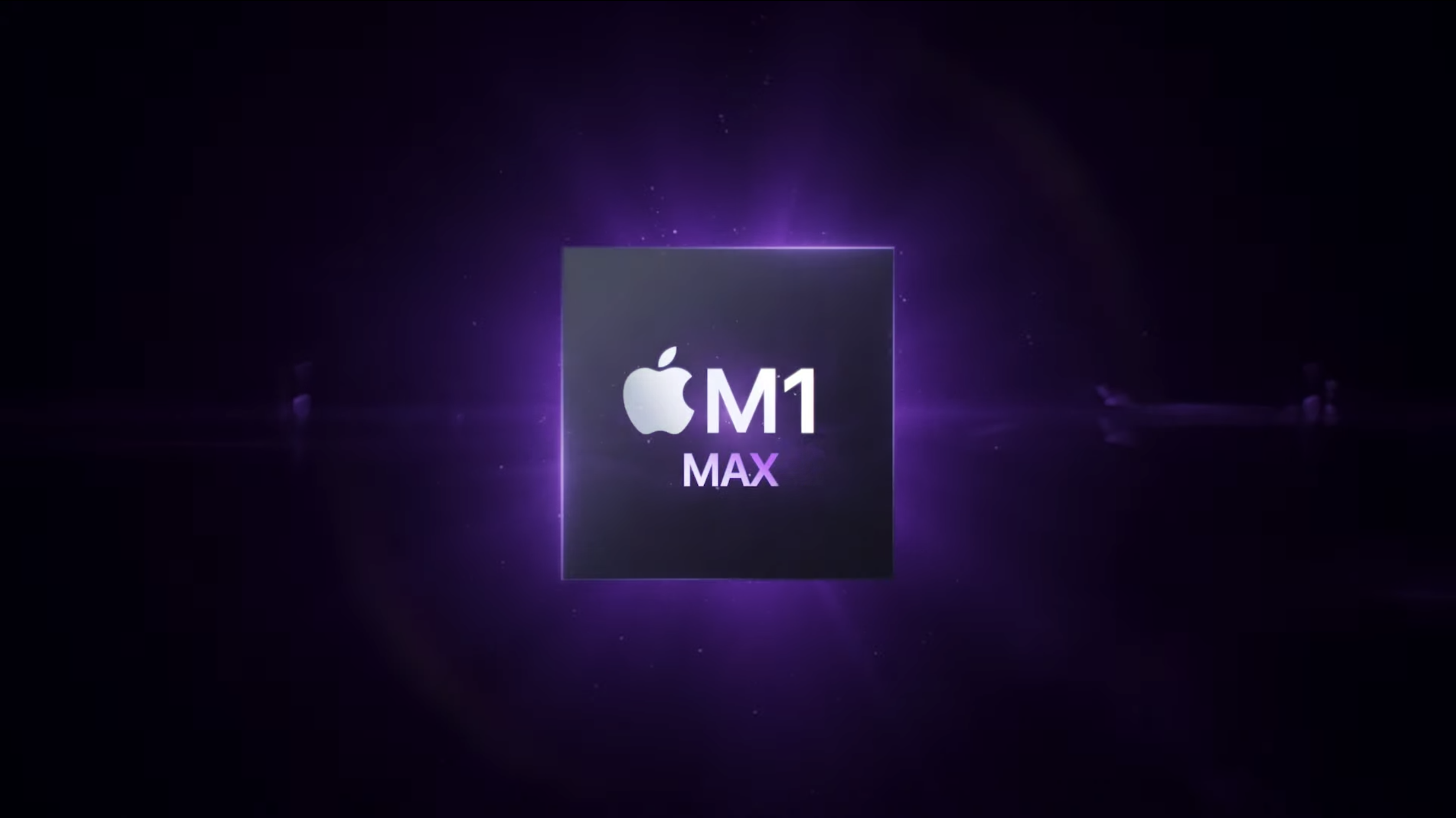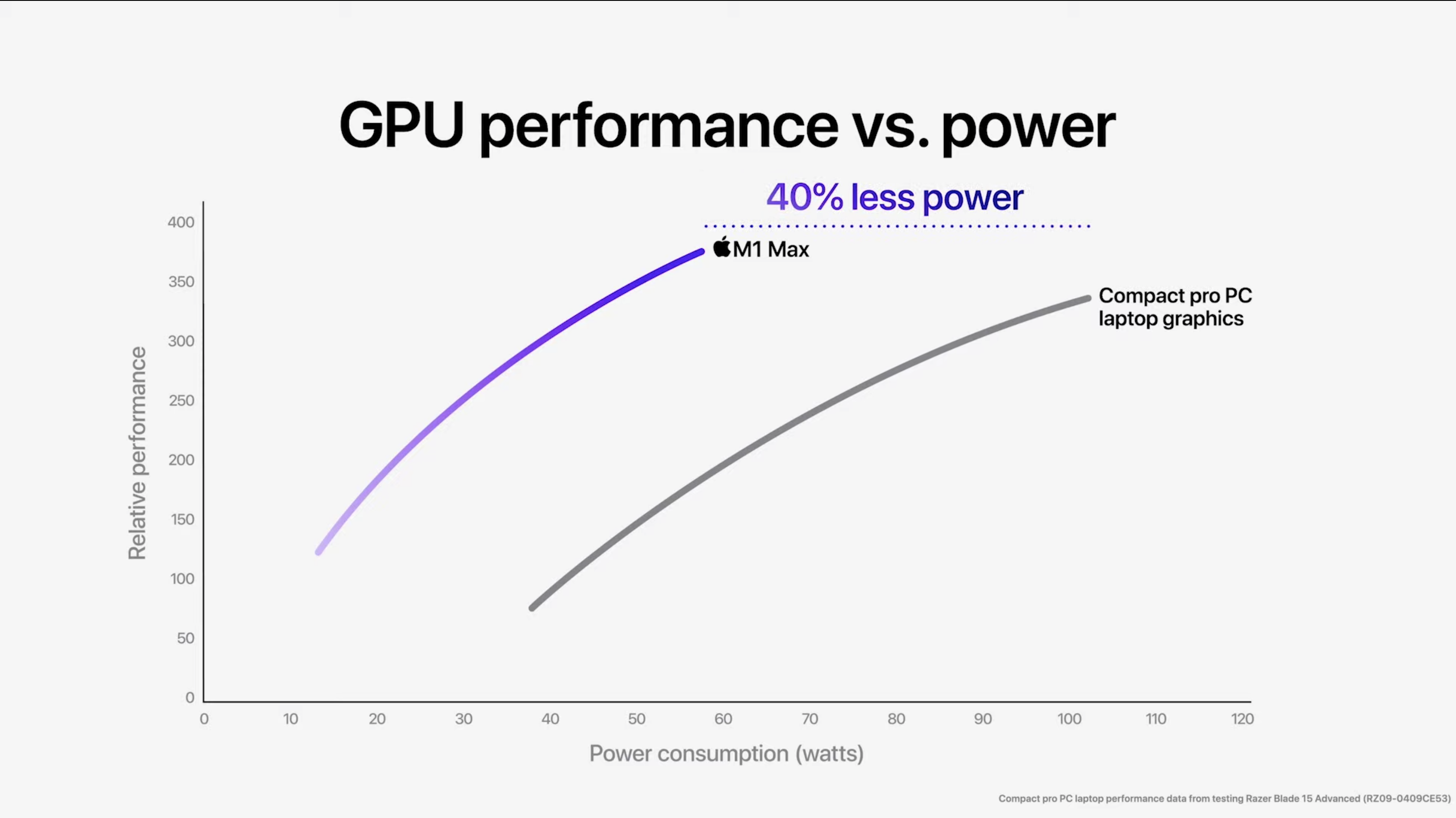Intel Alder Lake chips beat Apple M1 Max for speed — but that’s only half the story
Desktop Alder Lake chips beat the laptop M1 Max, but they draw a lot more power.

Apple won serious plaudits for the performance of its new M1 Pro and M1 Max chips found in the new 14- and 16-inch MacBook Pros, but it looks like Intel’s 12th generation Alder Lake chips could offer some serious competition.
The desktop Alder Lake chips have just gone on sale, and while comparing desktop and mobile chips isn’t a particularly fair comparison for obvious reasons, it’s still interesting all the same. Especially when rumor has it that Apple will be putting a modified version of its M1 Max chip in a Mac Pro desktop next year.
- Apple M1 Pro vs M1 Max: What’s the difference?
- Best computers in 2021
- PLUS: Apple Silicon roadmap just leaked for next MacBook Air, Mac Pro and more
MacRumors has been examining the benchmarks for early adopters. Geekbench results for the new Intel Core i9-12900K show a processor that offers around 1.5x the performance of the M1 Max in the multi-core tests, with an average of around 18,500 points compared to 12,500 for Apple’s chips. It’s a similar story for the i7-12700K against the M1 Pro, too.
That’s a result that Intel can be rightly proud of, though again comparing desktop chips with mobile ones isn’t actually that useful. And that’s not just because of the raw performance difference between classes, but also the respective power draw where Apple understandably has the upper hand, because it’s designed its chips to run off a battery rather than the power outlet.
Intel’s new processors use 125W of base power, and 241W with Turbo Boost. Comparatively speaking, the new MacBook Pro draws a tiny amount of power.
For Apple, power efficiency is as important — if not more so — than raw speed. Indeed, the company promised “industry leading performance per watt and incredible efficiency,” while still offering solid if not world beating performance.
And while early leaks suggest that the mobile version of Alder Lake could comfortably beat the M1 family for performance, it would take enormous efficiency gains for Alder Lake powered laptops to meaningfully close the power draw gap on the MacBook Pro, in part thanks to Apple’s integrated GPU.
Sign up to get the BEST of Tom's Guide direct to your inbox.
Get instant access to breaking news, the hottest reviews, great deals and helpful tips.
As noted when Apple unveiled the M1 Max, it can deliver “performance comparable to a high-end GPU in a compact pro PC laptop while consuming up to 40 percent less power, and performance similar to that of the highest-end GPU in the largest PC laptops while using up to 100 watts less power.”

We’re still some way before these comparisons can be made in an entirely fair way. The M1 Max desktops aren’t expected until next year, and nor is the Alder Lake mobile chip. Only when both are available to be freely benchmarked will we find out how much ground Intel can make up on efficiency, and Apple on performance.
- More: The best laptops in 2021
Freelance contributor Alan has been writing about tech for over a decade, covering phones, drones and everything in between. Previously Deputy Editor of tech site Alphr, his words are found all over the web and in the occasional magazine too. When not weighing up the pros and cons of the latest smartwatch, you'll probably find him tackling his ever-growing games backlog. Or, more likely, playing Spelunky for the millionth time.
-
masticate is it me or did it take the M1 for intel to finally suddenly upgrade their CPU moore’ s law style? it seemed like we were talking about 10-15% annual improvements for the last couple of years…. all of a sudden 150% performance hop? Would Intel have been milking their chips for 5 years if Apple hadn’t come along?Reply

